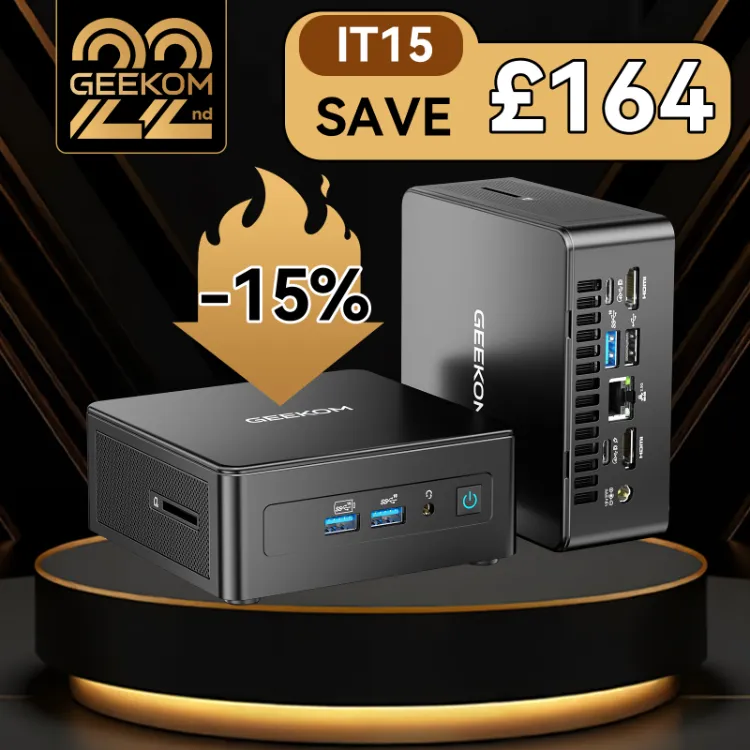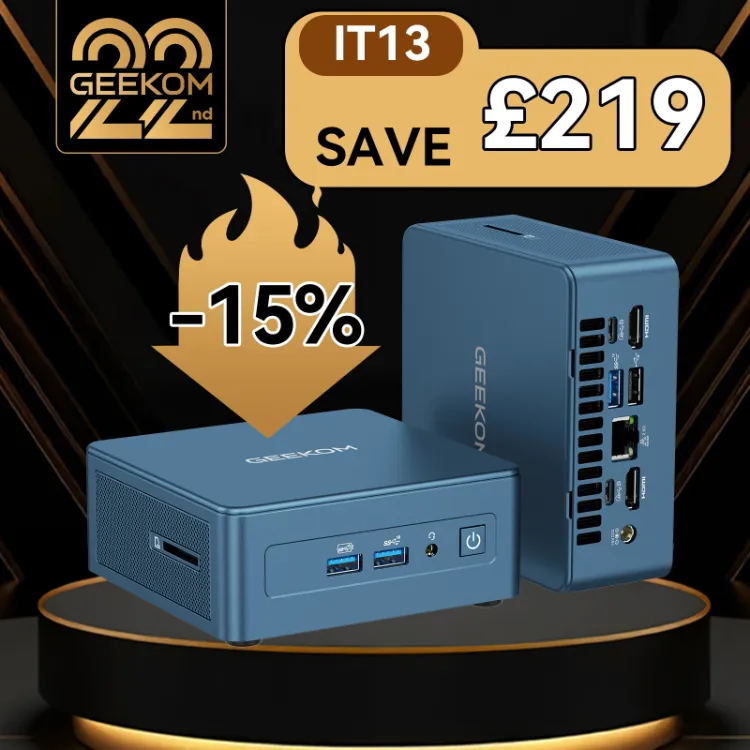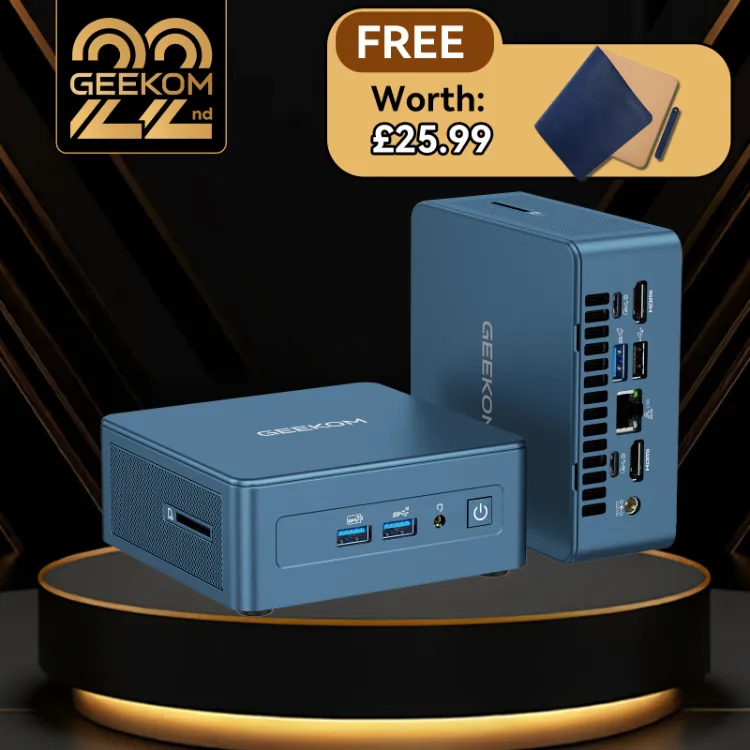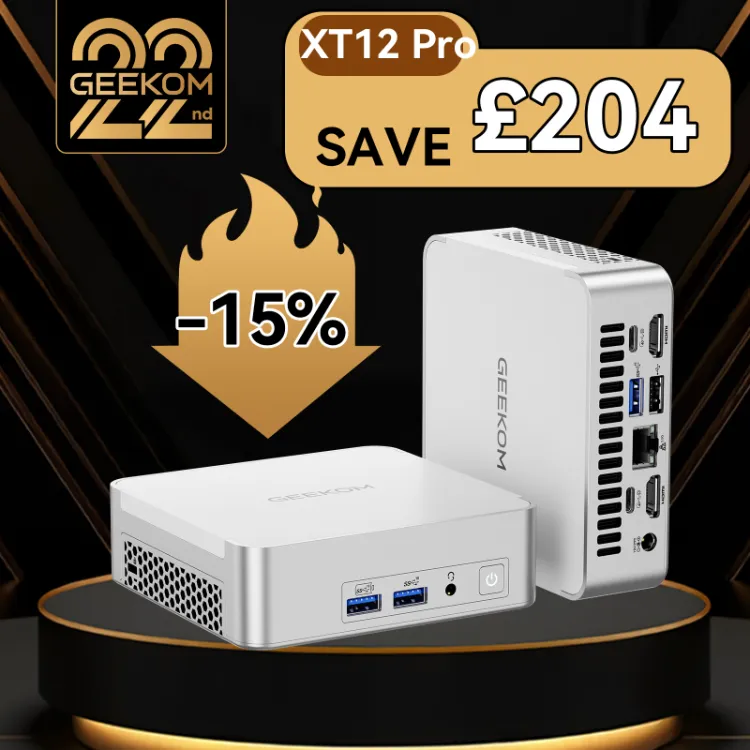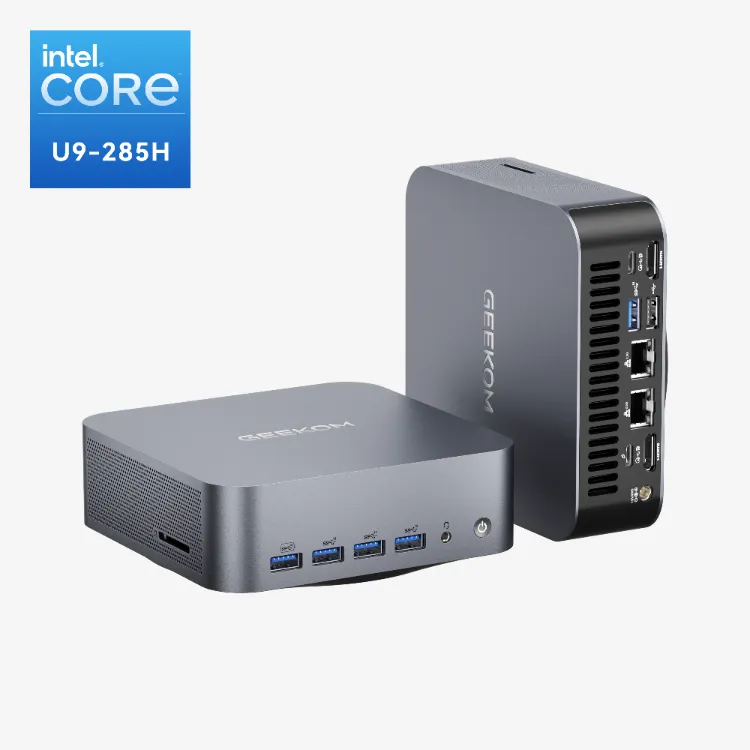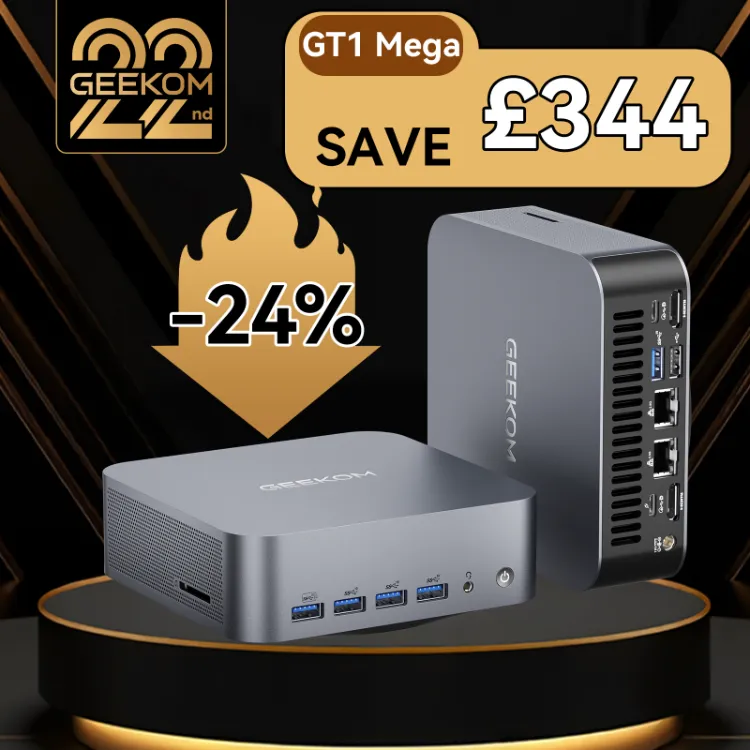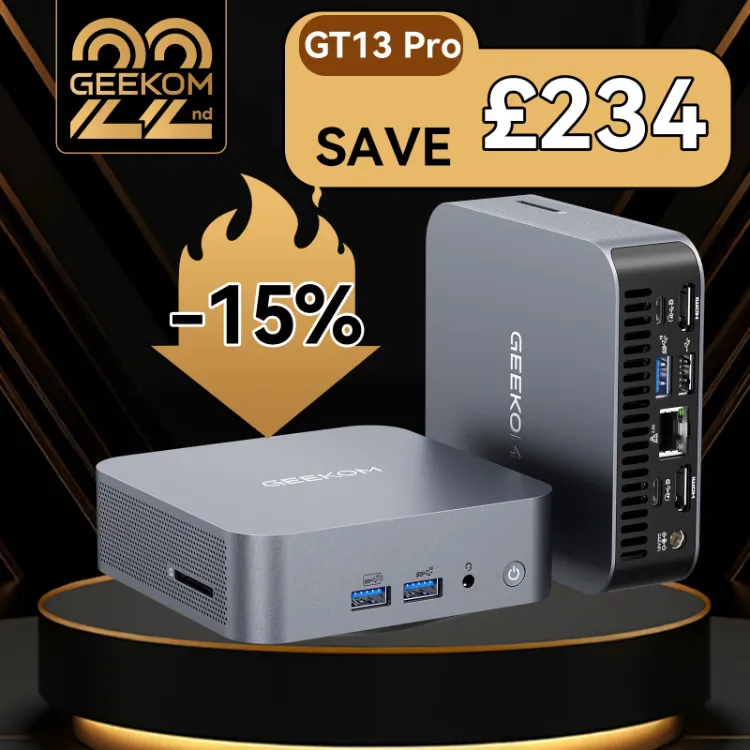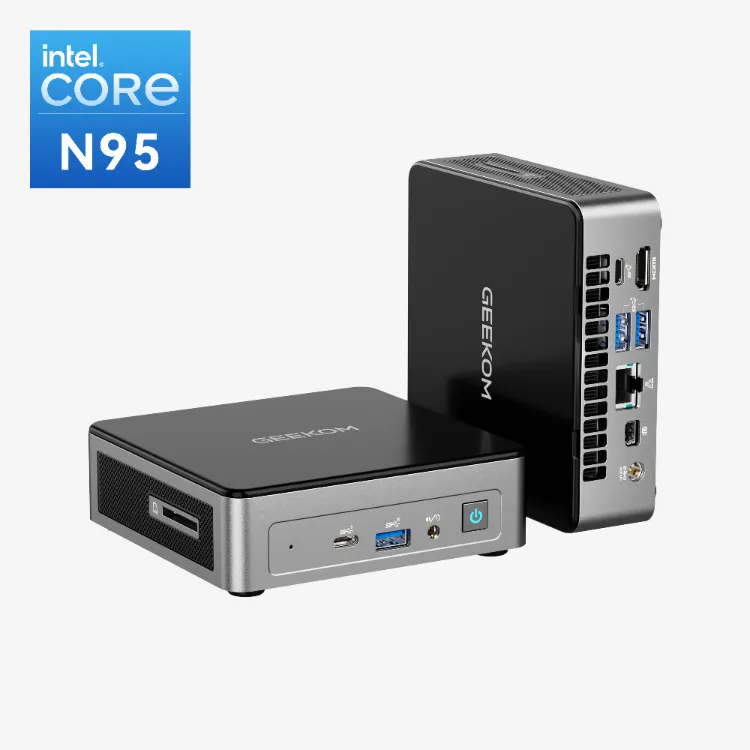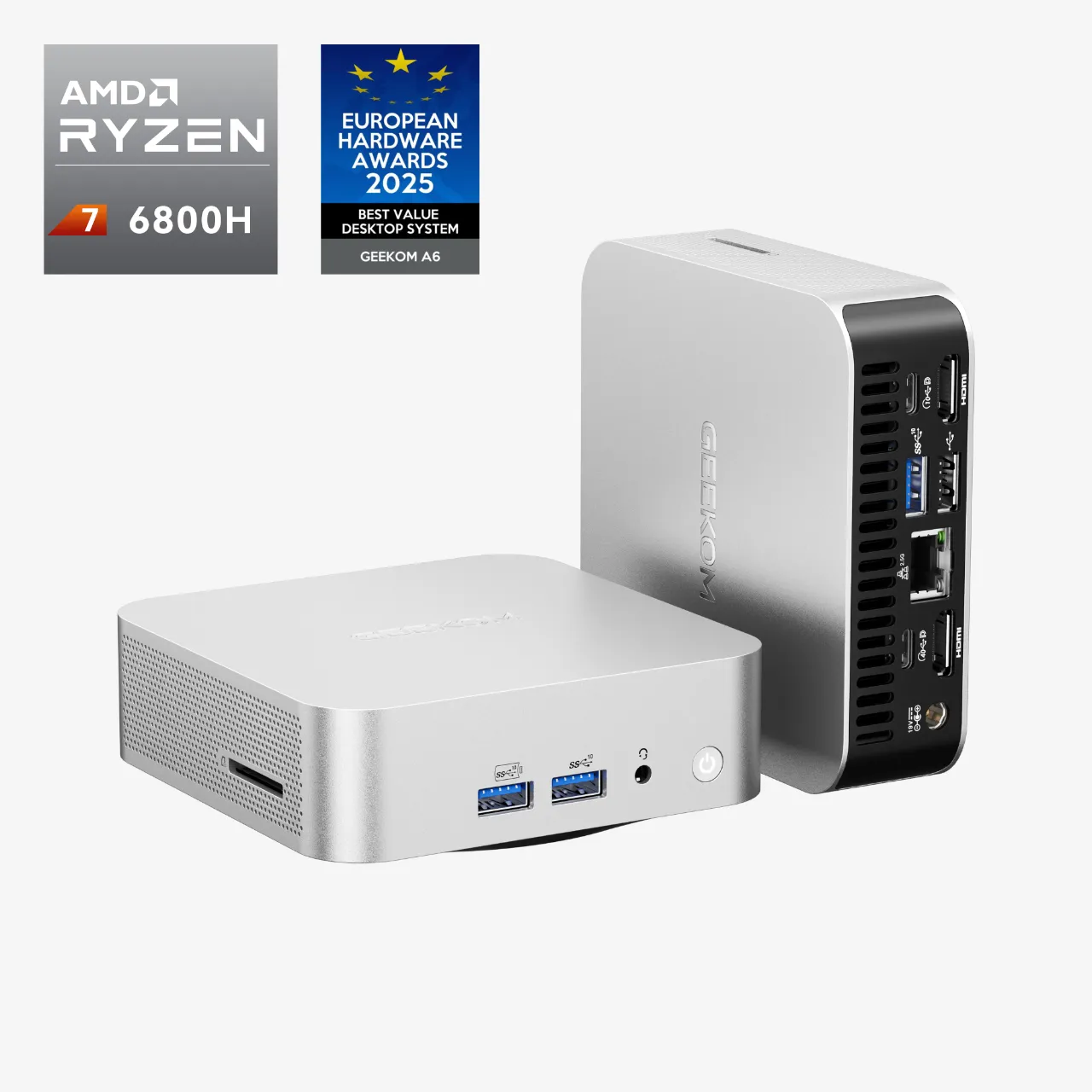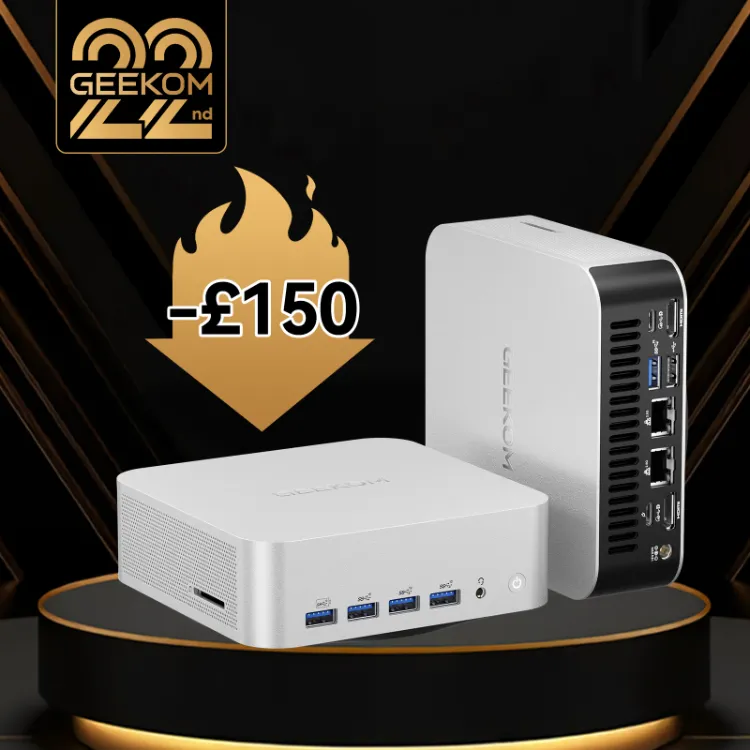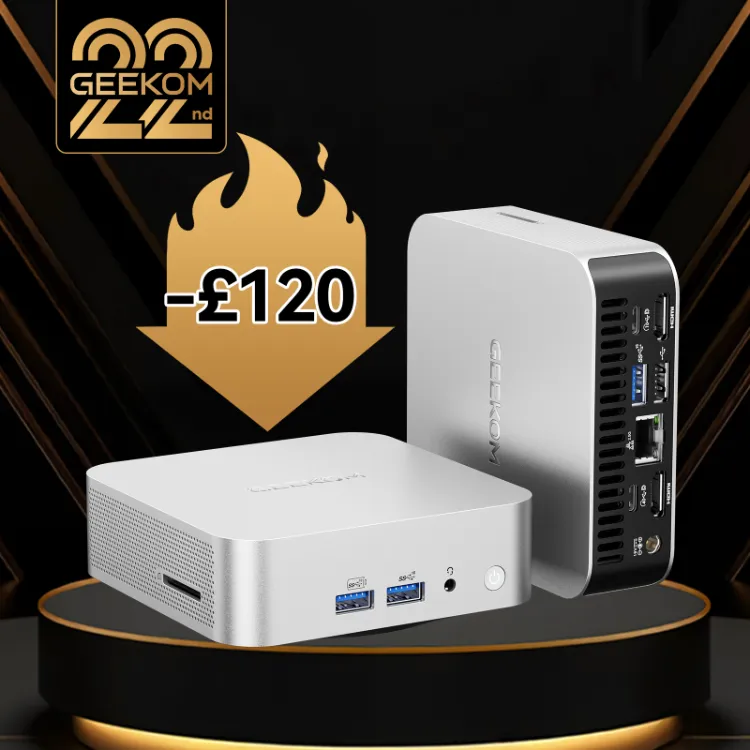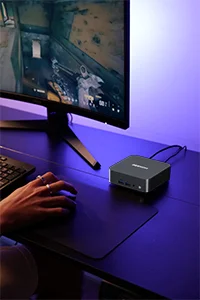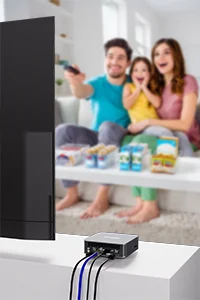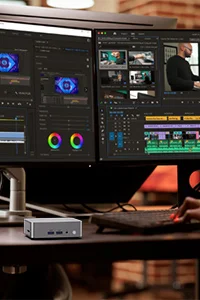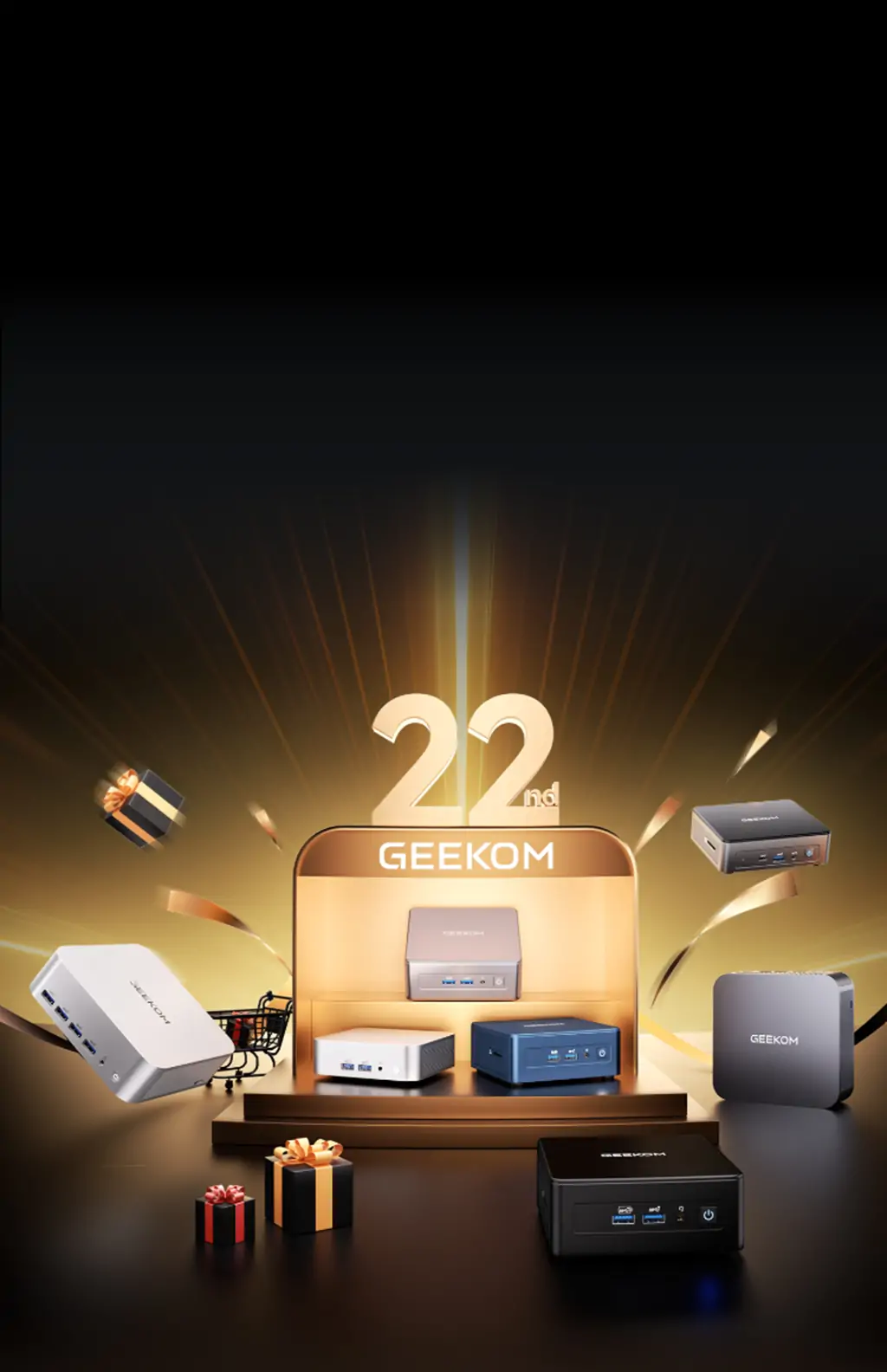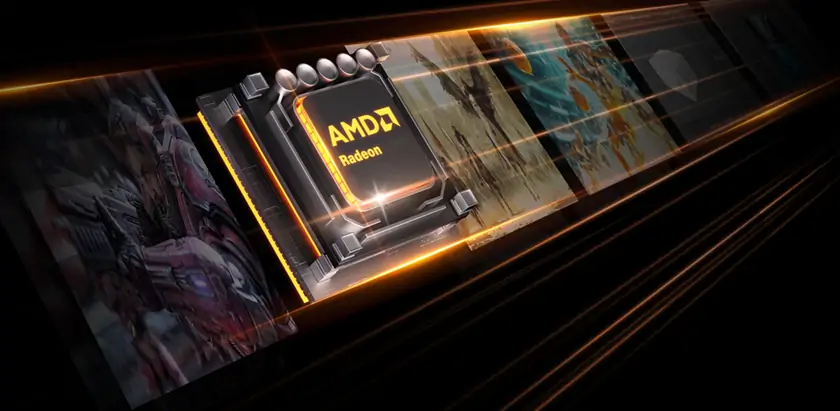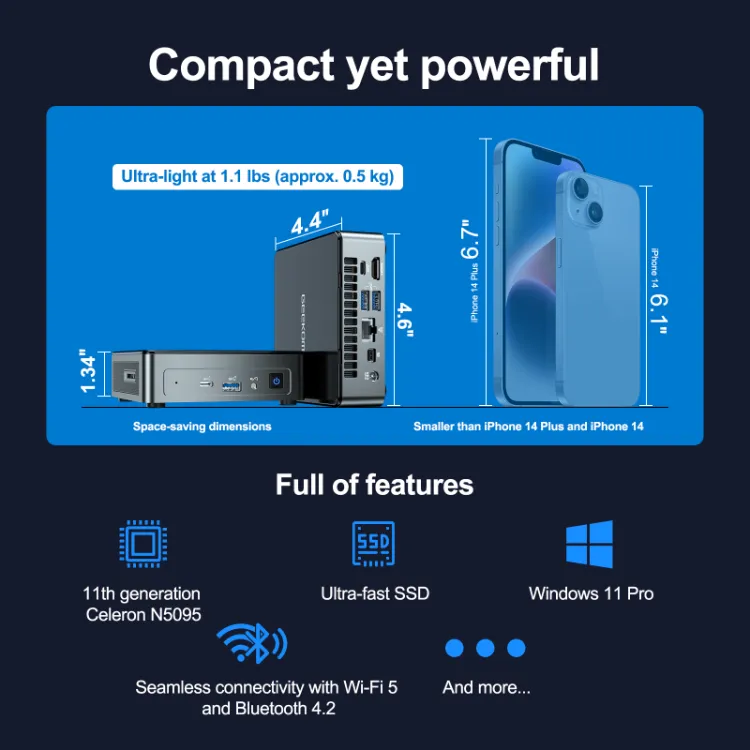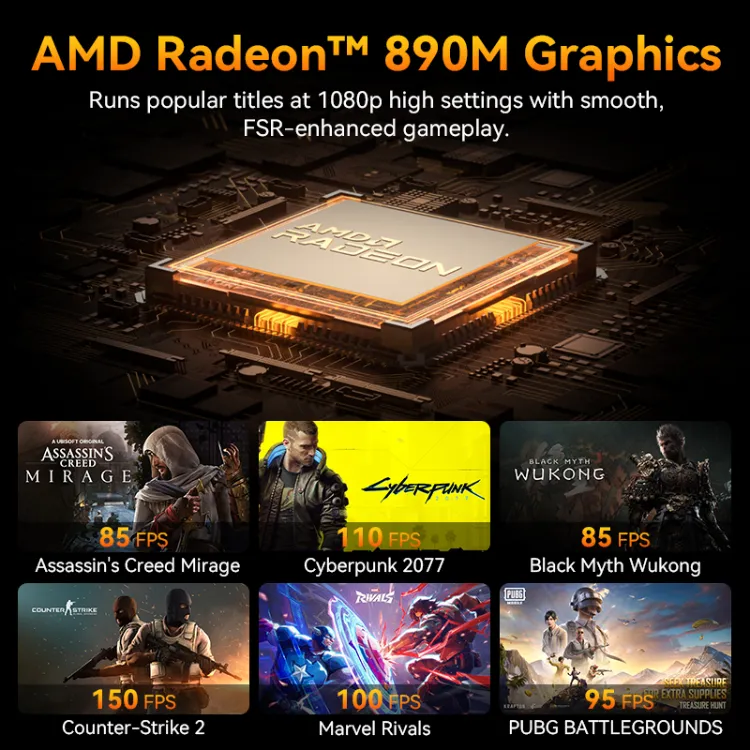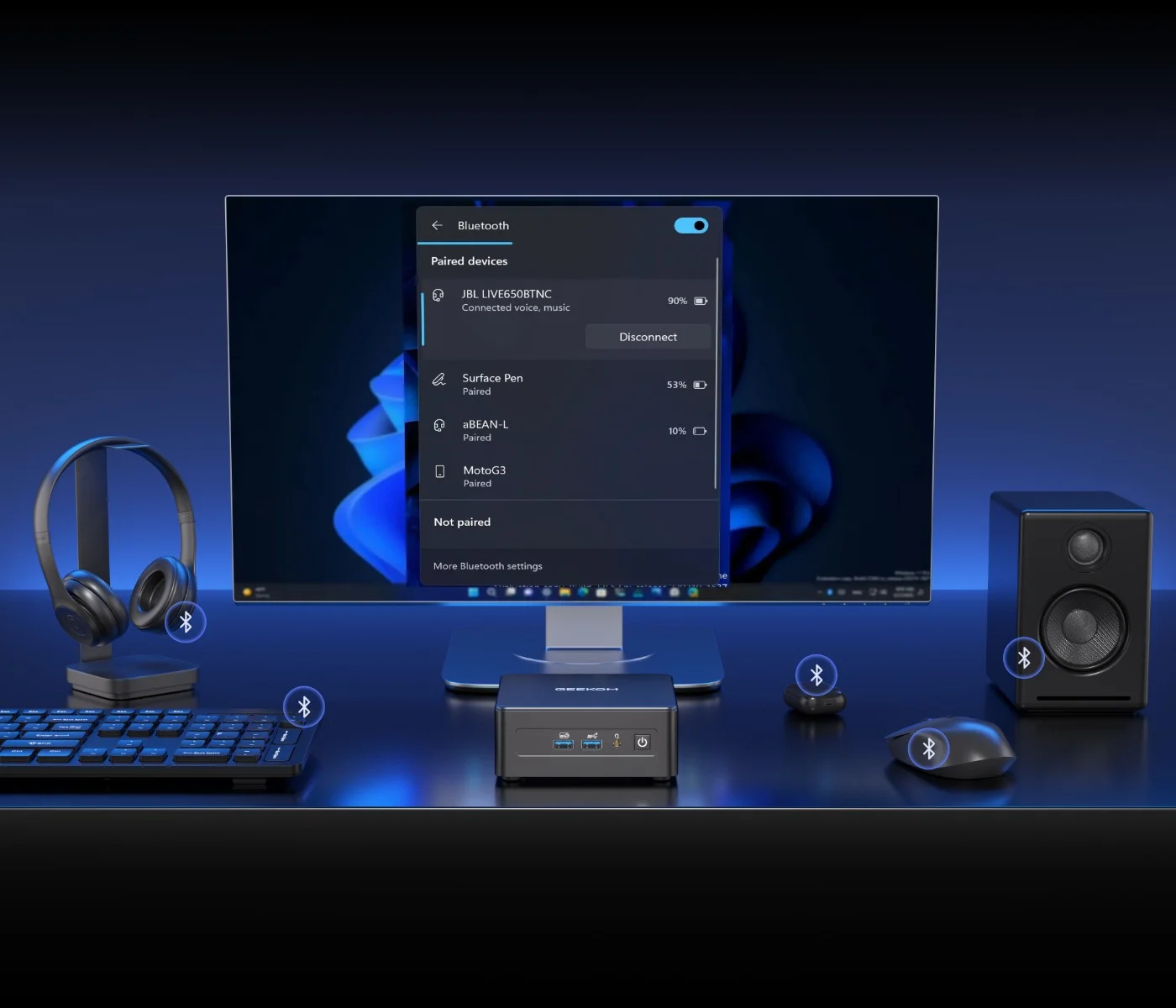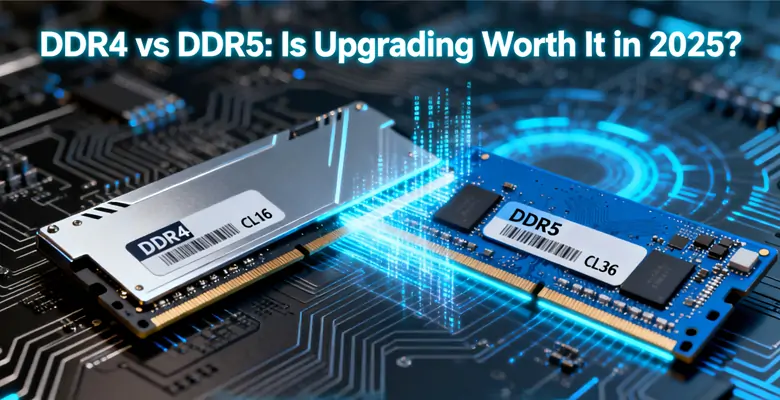In a world where desk space is limited and minimalism is in style, small PCs, also known as “mini PCs,” have become very popular. These mini pc give you a desktop experience in a small form factor. When you start learning about small PCs, you will quickly come across an important part that determines a lot of their performance: integrated graphics.
Especially if you are not tech-savvy, picking the right one can be hard. Help yourself with this guide. We will show you everything you need to know about built-in graphics, including the differences between “Radeon” from AMD and “Iris Xe” from Intel. We will also help you decide if an Apple M-series chip is right for you. You will be able to confidently pick out the best small PC for your situation and budget by the end.
Understanding Integrated Graphics
When you talk about integrated graphics, you should think of a graphics processor that is built right into the main processor, which is called the Central Processing Unit (CPU). A dedicated (or discrete) graphics card is a big, separate part that has its own memory. On the other hand, an integrated graphics processing unit (iGPU) shares system resources with the central processing unit (CPU), like memory (RAM).
This design is what makes the compact PC so small. If you want to see the pros and cons, here they are:
Integrated Graphics Comparison
Advantages & Disadvantages Analysis
✨ Advantages
- No need to purchase a separate graphics card, saving hundreds of pounds
- Included in the CPU price, essentially “free”
- Consumes significantly less power than dedicated GPUs (15-25W vs 150-300W+)
- Generates less heat, reducing cooling requirements
- Extends battery life in laptops
- No additional card taking up space in the case
- Enables smaller form factors like mini-PCs and ultrabooks
- Simplifies cable management
⚠️ Disadvantages
- Significantly slower than dedicated graphics cards
- Struggles with demanding games at high settings
- Limited video editing and 3D rendering capabilities
- Uses system RAM instead of dedicated VRAM
- Reduces available memory for other applications
- Memory bandwidth is lower than dedicated graphics cards
- Cannot handle AAA games at high settings
- Limited to older titles, esports games, or low settings
- No ray tracing or advanced graphics features
It is clear that a mini PC would work better with an integrated solution. It lets makers make machines that are very small, very quiet, and very good at doing a lot of different things. Integrated graphics today are stronger than ever, making it hard to tell the difference between basic dedicated cards and integrated solutions.
What to Think About When Making a Choice
Before you can find the perfect mini PC, you need to decide what you want to use it for. Every other choice you make will be based on your main use case.
1. Your Planned Use Case
- Basic Productivity and Web Browsing: A top-of-the-line iGPU is not necessary if you only use your computer to write documents, manage spreadsheets, browse the web, and answer emails. Today, these tasks are easy for almost any integrated solution.
- Media Consumption: Most of the iGPUs on the market today can smoothly stream 4K movies from Netflix or watch high-resolution YouTube videos. You should make sure that the one you pick can decode modern video formats.
- Light Gaming: A mid-range to high-end iGPU is perfect if you like to play older games, independent games, or popular e-sports games like League of Legends or Valorant at 1080p with low settings. For serious gaming with the newest AAA games on high settings, you still need a dedicated graphics card.
- Content Creation: It is necessary to have a powerful iGPU for tasks like editing photos, making graphics, and even editing videos lightly. This is where Intel, AMD, and Apple’s best products really shine.
2. The Major Players: Intel vs. AMD vs. Apple
Three main companies dominate the integrated graphics market. Each is good in its own way.
Intel: Intel’s built-in graphics were thought of as a basic option for a long time. That is very different now that Intel Iris Xe and the newer Intel Arc Graphics are out there. Modern laptops and mini PCs use Iris Xe graphics, which is much faster than older Intel UHD graphics. This makes light gaming and creation possible. Tom’s Hardware said that Intel’s newest mobile graphics are now powerful enough to compete with other top-of-the-line integrated graphics.

AMD: For a long time, people have said that AMD’s Ryzen series processors have great graphics. They have the fastest graphics cards, like the Radeon Vega and the newer RDNA-based cards like the Radeon 680M, 780M, and 890M. They are especially praised for how well they play games. An affordable mini PC like the GEEKOM A6, which has been praised by PCMag, has an AMD Ryzen CPU and Radeon graphics to offer a great mix of price and performance.
Apple: Apple tried something new with the M-series chips (M1, M2, M3, and M4). They made a “System on a Chip” (SoC) that has the CPU, GPU, and memory all in one very small, efficient package. The GPU can access a large pool of fast memory thanks to this unified memory architecture. This is a big plus when you need to do hard work like editing videos. TechRadar’s review of the Apple Mac mini talks about how it can edit 4K videos while being almost silent. This is because of how powerful and efficient its built-in graphics are.
3. Performance Metrics (Simplified)
A specification sheet might list things like “Execution Units” (EUs) or “Compute Units” (CUs). This means that a GPU can do more things at once if it has more of these. This makes it faster. The clock speed, which is shown in MHz or GHz, is also important. Generally, a faster clock speed means faster performance. However, you do not need to become overwhelmed by the numbers. Using real-world benchmarks from reliable reviewers is the best way to judge performance.
In order to help you see what I mean, here is a general comparison of the different levels of built-in graphics:
This is just a suggestion. Performance can be different depending on the type of processor you have, how much RAM you have, how fast it is, and how your PC maintains its temperature.
Top Integrated Graphics for Your Needs
Now that we know what the most important factors are, we can make suggestions for different types of users.
For Everyday Use and Media Consumption
For everyday tasks, a modern entry-level computer is a great choice. For small PCs, look for ones that have:
- Intel Core i3 / Ryzen 3 CPUs: These typically come with Intel UHD Graphics or a basic AMD Radeon iGPU.
- 8GB of RAM: This is the minimum you should consider for a smooth experience in Windows.
You can use these systems to work in the office, stream videos, and browse the web. You can find them in a huge range of mini PCs and they are very cheap.
For Light Gaming and Entry-Level Content Creation
Your mini PC will need a little more power if you want to do more. Because of this, built-in graphics work best, giving you the best value for your money. Find these:
- Intel Core i5/i7 with Iris Xe Graphics: Make sure it’s a model with a higher number of EUs (often 80 or 96).
- AMD Ryzen 5/7 with Radeon Vega 7/8 or RDNA-based graphics (680M/780M): These are excellent for 1080p gaming on less demanding titles.
Experts say that computers with an Intel Core i7 processor and Iris Xe graphics are great all-arounders that can be used for much more than just basic tasks. Your computer will have enough power to edit photos and make simple videos, and it will have a huge library of games.
Click to read more about Is Intel Iris Xe Graphics Good? Everything You Should Know
For Professionals and Power Users
If you are a power user or creative professional who needs the best performance in a small package, you should look at these top-tier iGPUs:
- Apple M-series Chips (M2, M3, M4): Some people really like the Apple Mac mini. Editors of photos and videos love it. It has very powerful and fast graphics built in. They can readily perform tasks that would be hard for many systems with separate graphics cards.
- High-end AMD Ryzen 9 with RDNA 3 Graphics (e.g., Radeon 890M): New research shows that AMD’s newest iGPUs are pushing the limits of what can be done without a separate card.
These systems are true workstation replacements in a tiny box because they can edit 4K videos, change photos in complex ways, and even do some 3D rendering.
How to Make Your Final Choice
You can follow a few simple steps to find the right PC for you now that you know more about them.
- Read Trusted Sources: This is the most important thing you can do. Websites such as PCMag, TechRadar, and Tom’s Hardware test products thoroughly and independently. They have experts who put these machines through rigorous tests and provide honest evaluations and comparisons that assist you in selecting a product.
- Understand Spec Sheets: The CPU model on a product page is important to pay attention to. If you search for that CPU model, you will find out exactly which graphics card it has built in.
- Future-Proof Your Purchase: If you can afford it, get a system that is a little more powerful than what you think you will need. Over time, software needs more power, and having that extra space will keep your mini PC feeling quick and responsive for many years.
Conclusion
It is not about getting the most powerful integrated graphics for your small PC; it is about getting the right one for you. You can make a smart choice without getting too stressed out if you know what you need and how to read the marketing language.
At GEEKOM, you can easily find a small PC with great built-in graphics that is just right for you, whether you just need a computer to browse the web, work on projects, or play light games.


